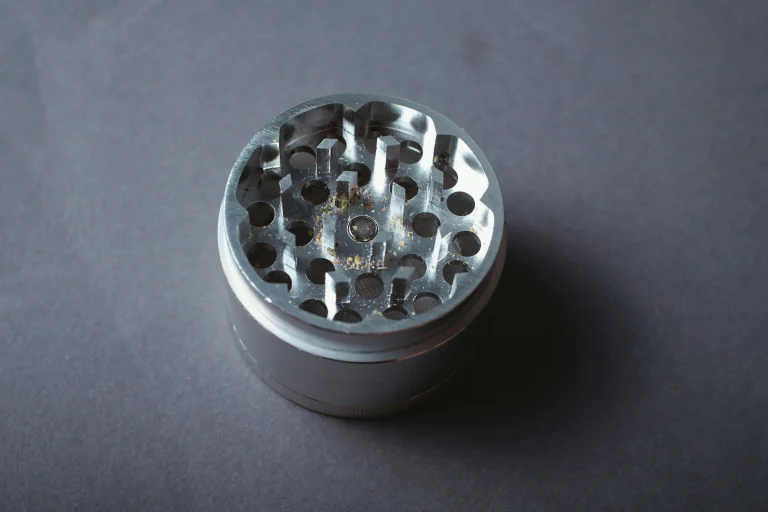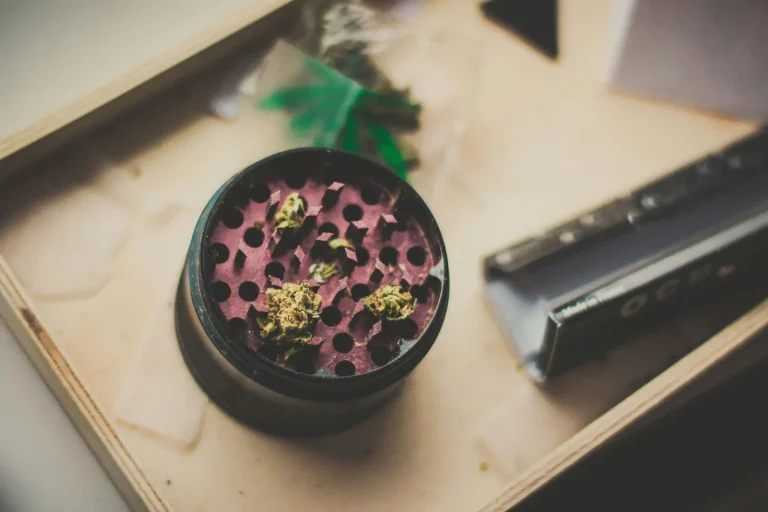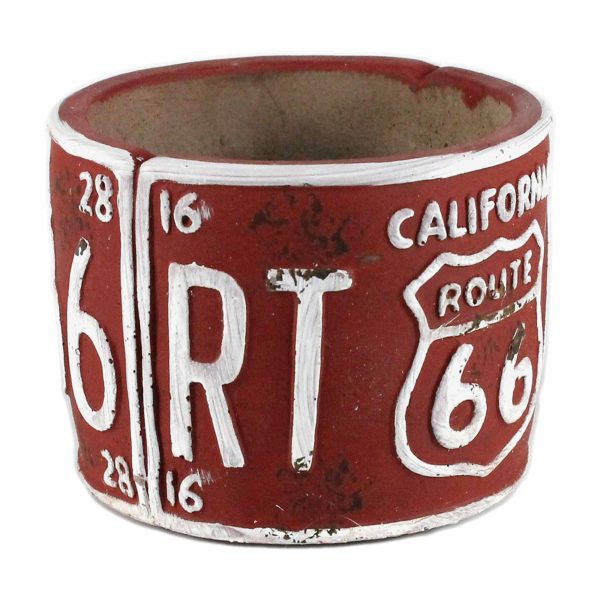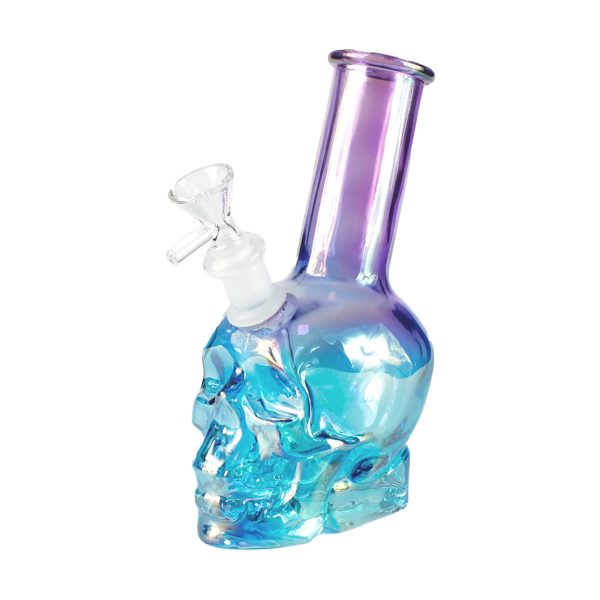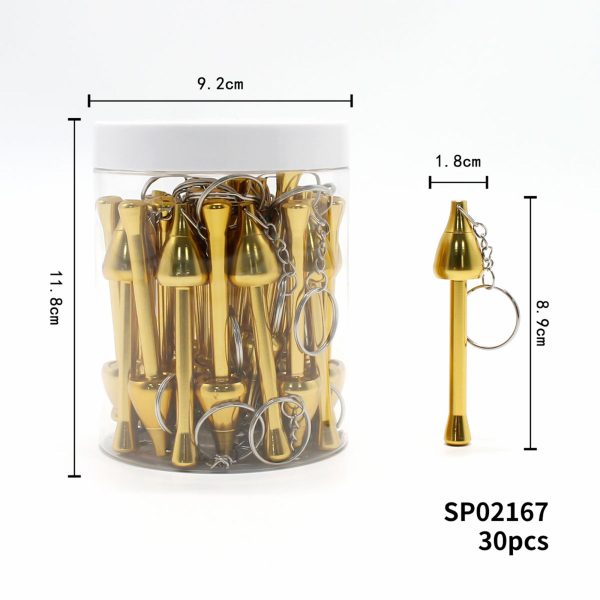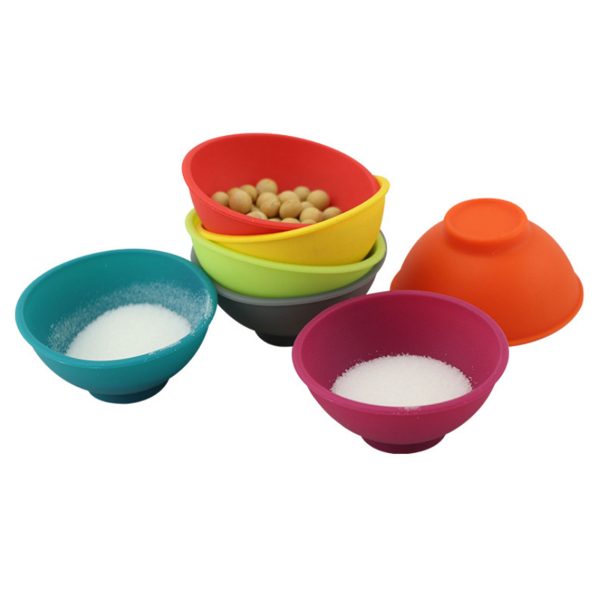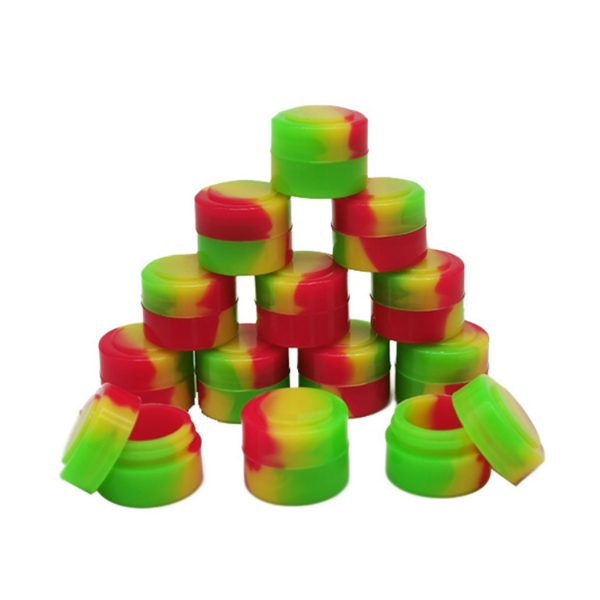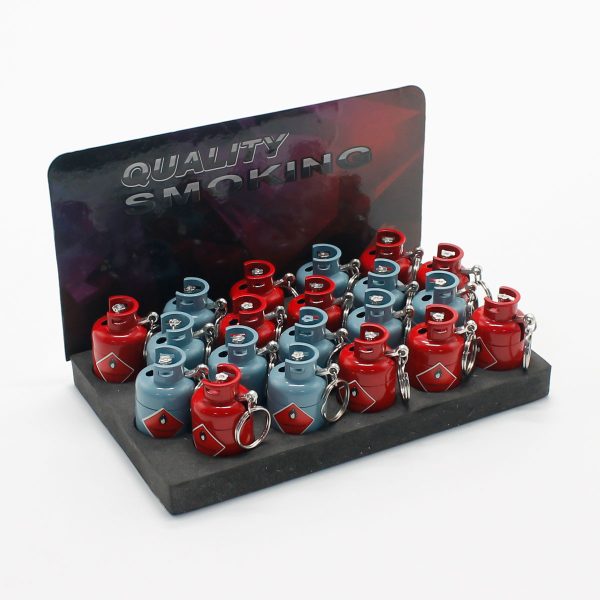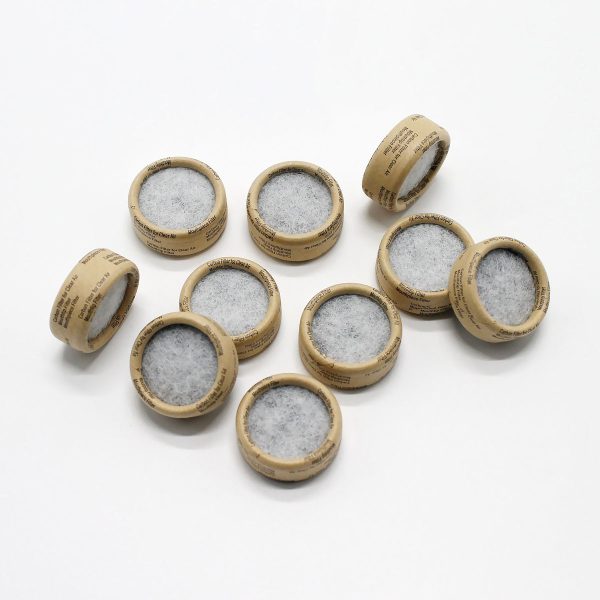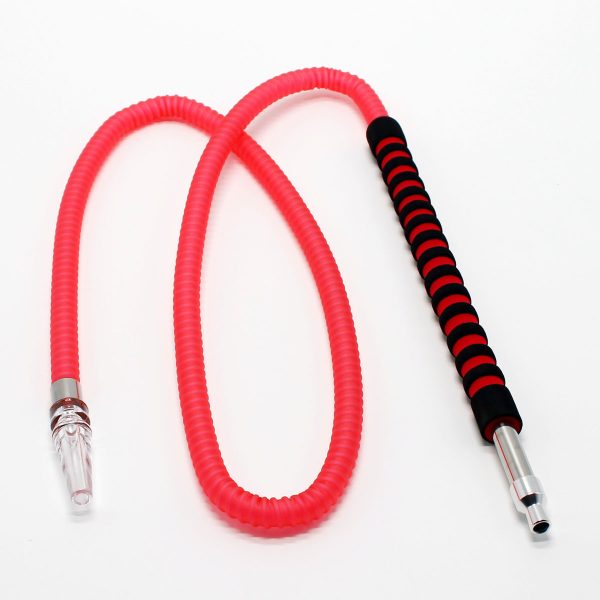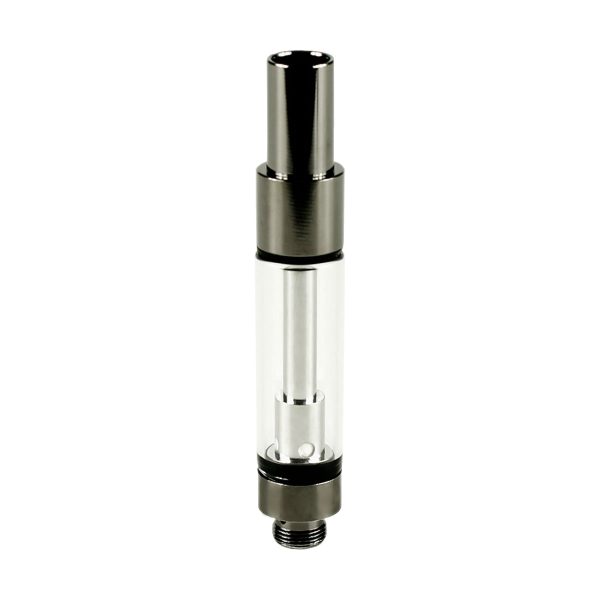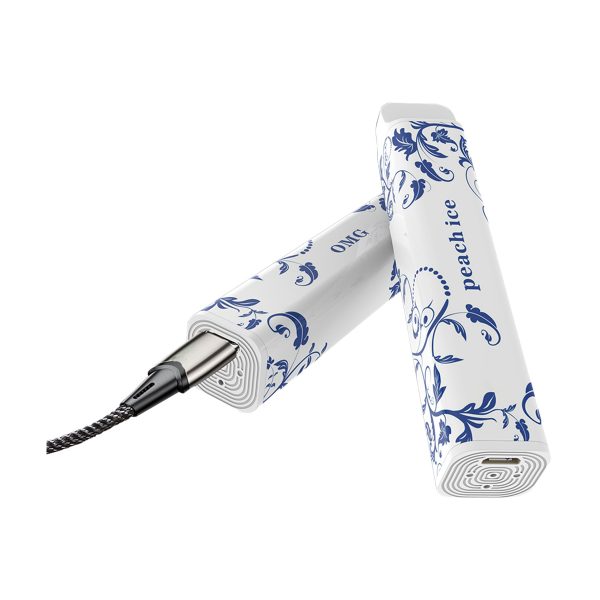The choice of teeth, in a herb grinder plays a role in achieving efficient coarse grinding. By selecting the design and material you can greatly improve the performance of your grinder ensuring that your herbs are ground to the desired consistency. This is especially significant for individuals who partake in smoking or vaporizing as the quality of the grind can impact the burn rate and taste experience. Whether you’re an user or a seasoned enthusiast having knowledge, about grinder teeth intricacies will assist you in making a informed decision.
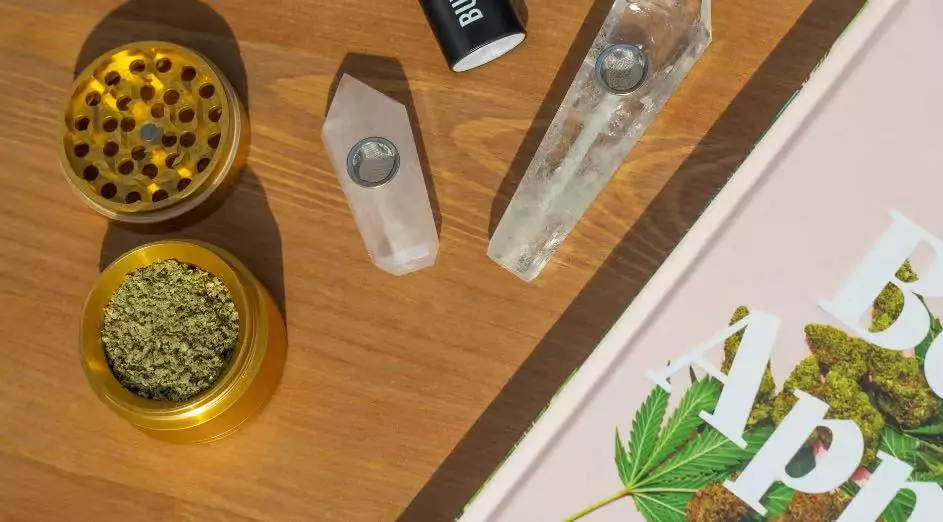
Why Is the Selection of Grinder Teeth Crucial for Effective Coarse Grinding?
Choosing the right grinder teeth can really make a difference, in how your grinding goes. If the teeth aren’t made for coarse grinding you might get herbs that are unevenly chopped leading to airflow and burning issues. Coarse grinding is often preferred for smoking techniques because larger pieces help with airflow and flavor. So picking a grinder, with the tooth design can improve your smoking or vaping sessions.
How Does Teeth Design Affect Grinding Results?
The way the teeth are structured is crucial, in determining how effectively your herbs get ground. Various tooth shapes can result in shredding methods impacting the texture and size of the end product. For example certain designs might crush the herb while others could shred it resulting in outcomes. These nuances not influence the grinding process. Also impact how well the herbs burn or vaporize. Therefore it’s important to select a grinder, with teeth tailored to your grinding style.
What Materials Are Commonly Used for Grinder Teeth?
Different materials can be used to make grinder teeth, such, as aluminum, stainless steel and even plastic. Aluminum alloy is known for its durability and effective performance often equipped with designed teeth that can easily grind tough cannabis buds. Stainless steel is also a choice due, to its strength and resistance to wear. On the hand plastic options are more budget friendly but typically sacrifice efficiency and longevity. The material chosen ultimately impacts how well the grinder performs and how long it lasts.
What Types of Weed Grinder Teeth Are There?
Knowing about the kinds of grinder teeth can assist you in making an informed decision when choosing a marijuana grinder.
What Are the Characteristics of Diamond-Shaped Teeth?
Diamond shaped teeth are quite popular, for grinding because of their thought out design. This particular shape enables an effective grinding process that can easily crush the most stubborn buds. The raised parts of the diamond shape help in creating a shredding movement ensuring a grind, with each use.
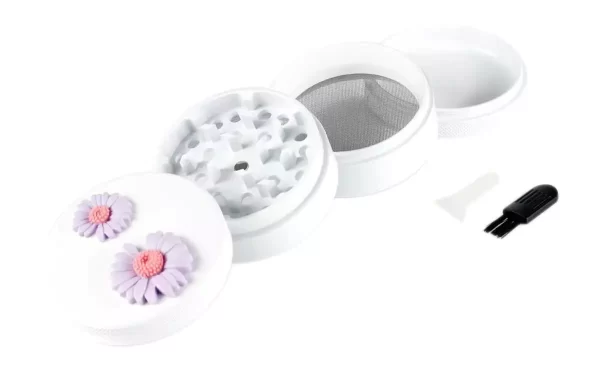
Performance in Coarse Grinding
These teeth excel specifically in coarse grinding scenarios. Their unique design allows for larger pieces to be produced, which is ideal for methods like joint rolling or bowl packing. Additionally, diamond-shaped teeth often facilitate better airflow during combustion, enhancing the overall smoking experience.
How Do Peg-Style Teeth Fare in Coarse Grinding?
Peg-style teeth differ from traditional designs and provide a unique grinding experience. Their protruding “pegs” help to grip and tear through the herbs, making them effective for coarse grinds.
Pros and Cons Compared to Other Designs
One advantage of peg-style teeth is their versatility; they can manage both fine and coarse grinding with ease. However, they can sometimes leave larger chunks, which may not appeal to all users. Their effectiveness can vary depending on the strain being ground, making them a solid option for those looking to experiment with different grinds.
What About the Effectiveness of Shark-Shaped Teeth?
Shark-shaped teeth have gained popularity for their distinctive serrated edges, designed to provide a powerful shredding motion. This design allows for both shredding and crushing of herbs, making it a dual-purpose tool for users.
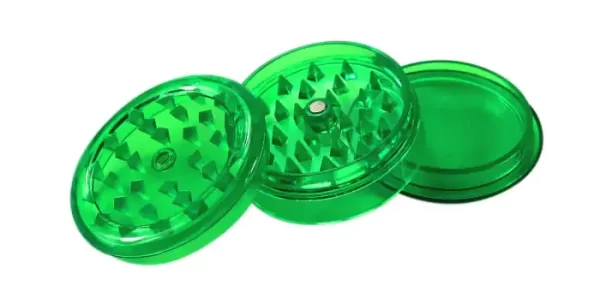
How Does the Number of Teeth Impact Coarse Grinding?
The number of teeth in a grinder is another critical factor to consider. More teeth typically mean finer grinding; however, this is not always ideal for those seeking a coarser finish.
Why Fewer Teeth May Be Better for a Coarser Grind
Fewer teeth in a grinder facilitate a coarser grind because they allow for larger pieces of herb to pass through. This is particularly advantageous when the objective is to create larger, chunkier pieces. Additionally, having fewer teeth can reduce the friction against the herbs, meaning less heat is generated, preserving the terpenes and flavors in your herbs.
How to Determine the Right Quantity for Your Needs
To determine the right quantity of teeth for your needs, consider how you usually consume your herbs. If you prefer rolling joints or packing bowls, a grinder with fewer teeth may be ideal for creating those larger pieces. Conversely, if you need a finer consistency for a vaporizer, opting for a grinder with more teeth might better serve your needs.
In conclusion, selecting the right weed grinder teeth is key for achieving optimal coarse grinding. By considering the design, material, and number of teeth, you can enhance your overall experience and achieve the desired consistency for your smoking or vaporizing needs.
What Role Does Tooth Placement Play in Achieving a Coarser Grind?
Tooth placement is fundamental in determining how effectively a grinder can achieve a coarser grind. Specifically, the strategic arrangement of the teeth affects the distribution of force and contact with the herbs during the grinding process. The spacing and angling of the teeth enable the grinder to break down larger pieces without turning them into a powder, ensuring a more textured output. A proper layout can facilitate the necessary tearing and shredding of the herbs, enhancing airflow and preventing the herbs from becoming too compacted.
Why Angled Teeth Could Be More Effective
Angled teeth can contribute significantly to the efficiency of coarse grinding. Their design allows for a more aggressive shredding action, which can create larger particles desirable for specific smoking methods. The angles assist in guiding the herbs into the grinding space, ensuring consistent contact with the teeth while allowing for optimal grinding speed. This feature can create a more effective grinding experience, particularly for users who prioritize a better airflow and flavor extraction in their smoking sessions.
The Importance of Symmetrical vs. Asymmetrical Layouts
The choice between symmetrical and asymmetrical tooth layouts can impact the grinding function. Symmetrical layouts often provide a stable and uniform grinding pattern that suits general use. However, asymmetrical layouts can introduce a dynamic grinding method that can break apart herbs in ways that enhance texture variation. This can be beneficial if you are looking for a specific coarse grind tailored to your preferences, making the selection of tooth layout a critical aspect of your grinder choice.
Are Certain Materials More Suitable for Coarse Grinding Teeth?
The material of your grinder’s teeth can affect both durability and grinding performance. Understanding the pros and cons of various materials helps you decide which grinder will best suit your needs.
Comparing Steel, Aluminum, and Plastic
When it comes to materials, aluminum and stainless steel are the top choices for grinder teeth. Aluminum alloy is known for its durability and strength, making it a popular option for herb grinders. The sharp, precision-engineered teeth provide an efficient grinding experience, ensuring that even the toughest buds can be shredded smoothly. Plastic, while often more affordable, is less effective and durable—its teeth may dull or break over time, leading to a suboptimal grinding experience. Ultimately, selecting the right material can significantly influence your satisfaction with your weed grinder.
Durability and Long-Term Performance
It’s important for any tool to be sturdy and weed grinders are no different. Steel and aluminum teeth are more robust and resistant to wear compared to ones ensuring they can handle use without losing effectiveness. A grinder, with lasting teeth can serve you well for years making it a wise choice for users. Additionally a durable grinder tends to retain its grinding power over time giving you performance and reducing the need, for replacements.
How Material Hardness Affects Grind Quality
The toughness of the material utilized for grinder teeth plays a role in the grinding quality. Materials that are harder usually keep their sharpness for a period making the grinding process more effective. This allows for a grind, without concerns about dull teeth affecting performance. Conversely softer materials may have difficulty retaining sharpness resulting in outcomes over time. For individuals seeking reliability and high quality selecting a grinder, with teeth is imperative.
Tips for Maintaining Your Weed Grinder for Optimal Performance
It’s important to take care of your weed grinder to keep it working well and make sure you get a grind every time you use it. By giving it the care you can make your grinder last longer and enhance the quality of the ground herb.
Cleaning Techniques Specific to Different Tooth Designs
It’s important to keep your herb grinder clean to make sure it lasts long and works well. Different grinders may need cleaning methods based on their tooth design. For instance grinders, with diamond shaped teeth might need a brush to remove any herbs while peg style grinders could require a more detailed cleaning, around the pegs. Regular cleaning helps prevent buildup and maintains the sharpness of the teeth for performance.
How to Sharpen or Replace Worn-Out Grinder Teeth
Over time the grinder teeth may start to wear out and need some maintenance. Knowing how to sharpen or replace these teeth can make a difference, in how your grinder works. Many people have found that a simple sharpening process using a metal file or honing tool can help bring the sharpness of the teeth for better grinding. If replacement is needed, finding teeth or even getting a whole new set of grinder inserts can give your grinder a fresh boost so you can keep enjoying its benefits for a long time.
To sum it up where you position the teeth the materials you choose and how well you maintain your weed grinder all play roles in getting the coarse grind. Knowing these factors helps you pick based on your grinding requirements improving your enjoyment when smoking or vaping your herbs.

